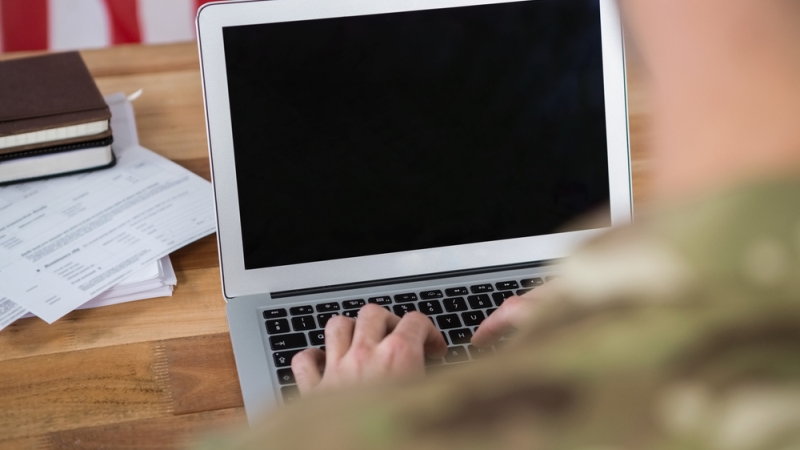
U.S. Army officials said this week that they are relying on bring-your-own-device (BYOD) technologies to connect service members and provide secure access to government data, with a focus on Army Reserve and National Guard units that have the most geographically dispersed and complex IT user population across the Federal government.
Army Reserve components have spearheaded secure BYOD technologies, and the National Guard was the first to pilot the BYOD approach that’s now being tested across the broader Army, the officials said. The Army Reserve manages 624 separate access points outside the fence lines of traditional Army garrisons.
The Army Reserve needs to deliver usable and interoperable IT services to about 2,000 individual units, many of which are outside the U.S. – and when no longer on active duty, about 80 percent of the force is outside the confines of Army installations.
With BYOD solutions the Army Reserve is “trying to eliminate risk while looking at [virtual desktop infrastructure] solutions to both reduce the threat and streamline all these endpoint devices scattered throughout the states and [outside of the continental United States],” Col. Carlos Jaffett, chief information officer (CIO) for the Army Reserve, said during a virtual FNN event on March 29.
“A lot of our units don’t have [the IT staff to manage those devices], and they want to rely on a higher level for that. If it’s a medical unit, for example, they’re going to probably want to have a medical person as opposed to an IT person. You’re still going to have that requirement there, but it’s going to kind of pull back that need on the unit’s staff,” Jaffett added.
Most National Guard members – about 93 percent – don’t have government-furnished IT equipment, and they are spread far and wide across 54 states and territories.
Kenneth McNeill, the National Guard Bureau’s CIO, said BYOD technologies are invaluable because they essentially eliminate the need for the Army to secure data at rest on individual soldiers’ devices.
The data is stored in the service’s trusted C-Army cloud environment, so those phones and tablets are essentially just viewers and move pixels back and forth across the network, McNeill explained.
“Typically, in each state, there’s only a small number of full-timers that manage our IT capabilities. So not having to have that hands-on and rely on capabilities in the cloud to perform our homeland mission is essential,” McNeill said.
“We still must secure the network. But when we’re called out for deployment, our force needs to focus on the task at hand. So, this technology helps us enable our resources to focus on the mission,” he said.
